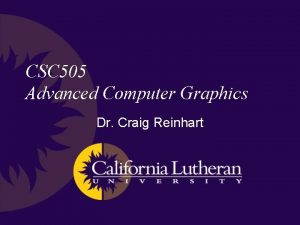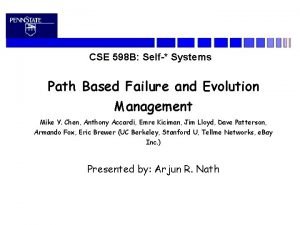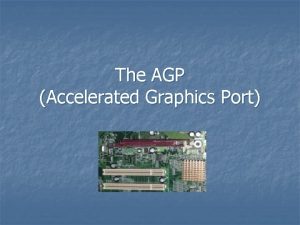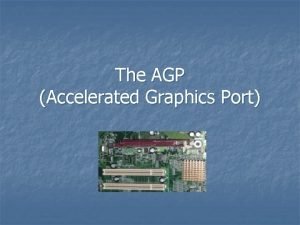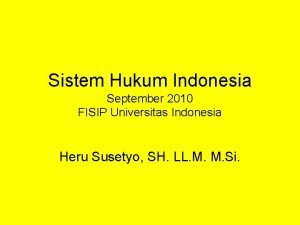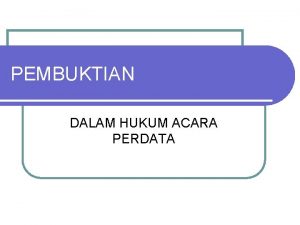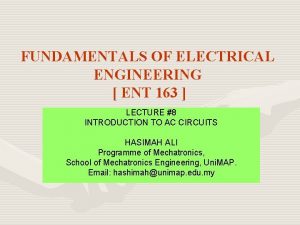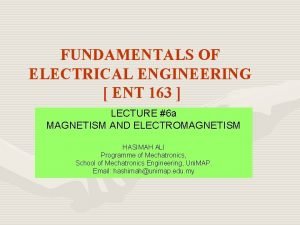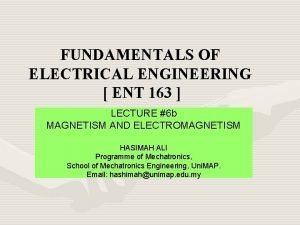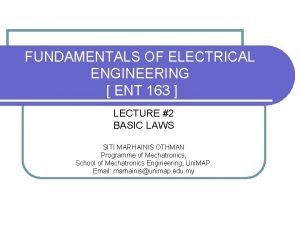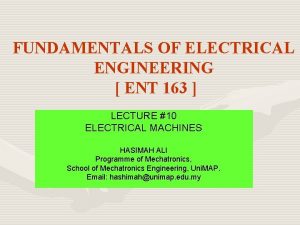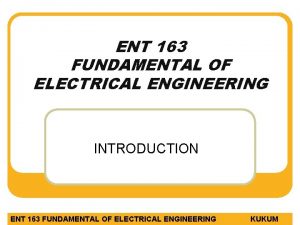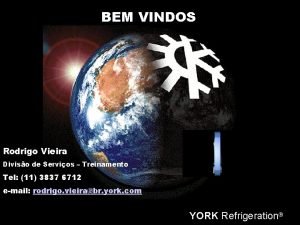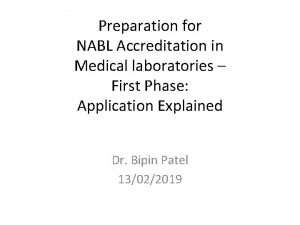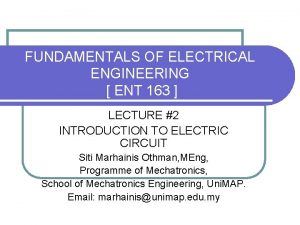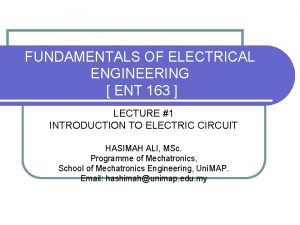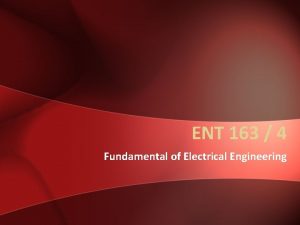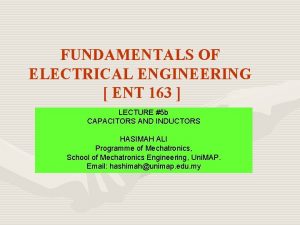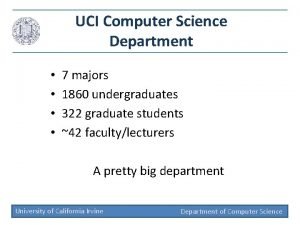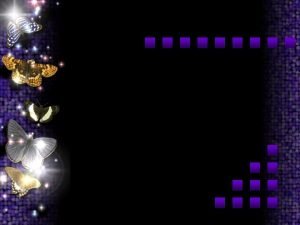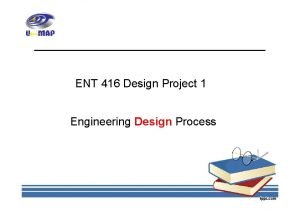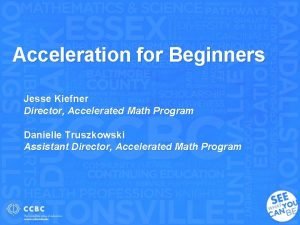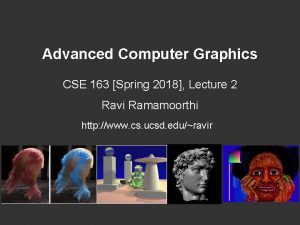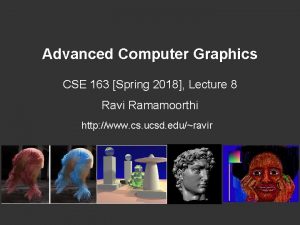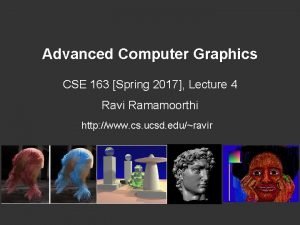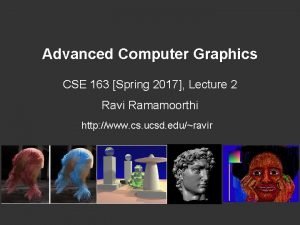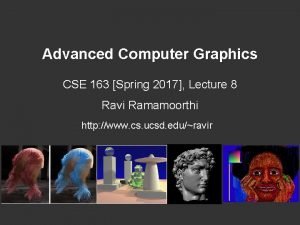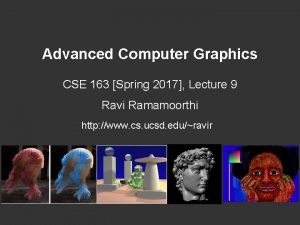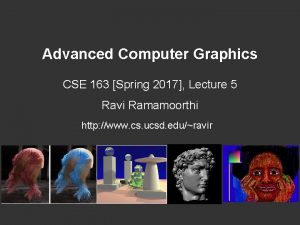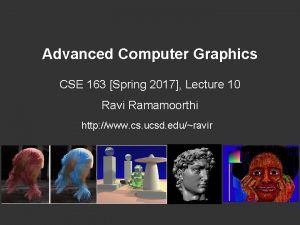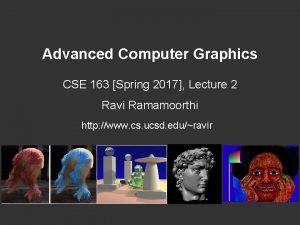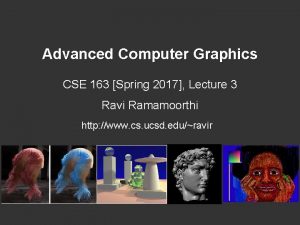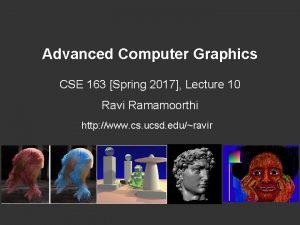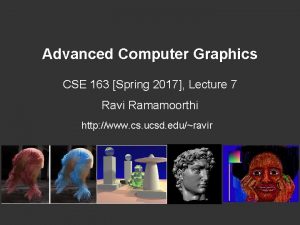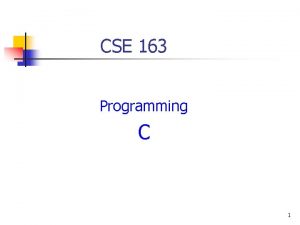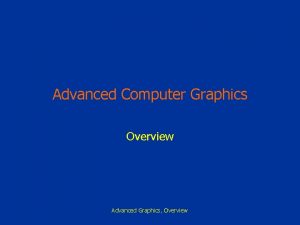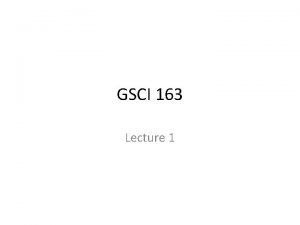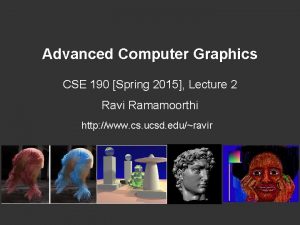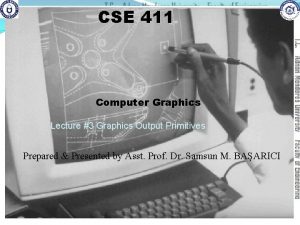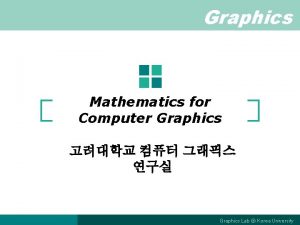Advanced Computer Graphics CSE 163 Spring 2018 Lecture
![Advanced Computer Graphics CSE 163 [Spring 2018], Lecture 7 Ravi Ramamoorthi http: //www. cs. Advanced Computer Graphics CSE 163 [Spring 2018], Lecture 7 Ravi Ramamoorthi http: //www. cs.](https://slidetodoc.com/presentation_image/505ff1b1cb3a09ad3179024df700ac31/image-1.jpg)








































- Slides: 41
![Advanced Computer Graphics CSE 163 Spring 2018 Lecture 7 Ravi Ramamoorthi http www cs Advanced Computer Graphics CSE 163 [Spring 2018], Lecture 7 Ravi Ramamoorthi http: //www. cs.](https://slidetodoc.com/presentation_image/505ff1b1cb3a09ad3179024df700ac31/image-1.jpg)
Advanced Computer Graphics CSE 163 [Spring 2018], Lecture 7 Ravi Ramamoorthi http: //www. cs. ucsd. edu/~ravir

To Do § Assignment 1, Due Apr 27 § Any last minute issues or difficulties? § Starting Geometry Processing § § Assignment 2 due May 18 This lecture starts discussing relevant content Please START EARLY. Can do most after this week Contact us for difficulties, help finding partners etc.

Motivation § A polygon mesh is a collection of triangles § We want to do operations on these triangles § E. g. walk across the mesh for simplification § Display for rendering § Computational geometry § Best representations (mesh data structures)? § § Compactness Generality Simplicity for computations Efficiency

Mesh Data Structures Desirable Characteristics 1 § Generality – from most general to least § § § Polygon soup Only triangles 2 -manifold: ≤ 2 triangles per edge Orientable: consistent CW / CCW winding Closed: no boundary § Compact storage

Mesh Data Structures Desirable characteristics 2 § Efficient support for operations: § § § Given face, find its vertices Given vertex, find faces touching it Given face, find neighboring faces Given vertex, find neighboring vertices Given edge, find vertices and faces it touches § These are adjacency operations important in mesh simplification (homework), many other applications

Outline § Independent faces § Indexed face set § Adjacency lists § Winged-edge § Half-edge Overview of mesh decimation and simplification

Independent Faces list vertex coordinates § Redundant vertices § No topology information F 1 F 0 Face Table F 2 F 0: (x 0, y 0, z 0), (x 1, y 1, z 1), (x 2, y 2, z 2) F 1: (x 3, y 3, z 3), (x 4, y 4, z 4), (x 5, y 5, z 5) F 2: (x 6, y 6, z 6), (x 7, y 7, z 7), (x 8, y 8, z 8)

Indexed Face Set § Faces list vertex references – “shared vertices” § Commonly used (e. g. OFF file format itself) § Augmented versions simple for mesh processing v 2 v 4 Vertex Table Face Table F 1 F 2 F 0 v 1 v 3 v 0: (x 0, y 0, z 0) v 1: (x 1, y 1, z 1) v 2: (x 2, y 2, z 2) v 3: (x 3, y 3, z 3) v 4: (x 4, y 4, z 4) F 0: 0, 1, 2 F 1: 1, 4, 2 F 2: 1, 3, 4 Note CCW ordering

Indexed Face Set § Storage efficiency? § Which operations supported in O(1) time? v 2 v 4 Vertex Table Face Table F 1 F 2 F 0 v 1 v 3 v 0: (x 0, y 0, z 0) v 1: (x 1, y 1, z 1) v 2: (x 2, y 2, z 2) v 3: (x 3, y 3, z 3) v 4: (x 4, y 4, z 4) F 0: 0, 1, 2 F 1: 1, 4, 2 F 2: 1, 3, 4 Note CCW ordering

Efficient Algorithm Design § Can sometimes design algorithms to compensate for operations not supported by data structures § Example: per-vertex normals § § Average normal of faces touching each vertex With indexed face set, vertex face is O(n) Naive algorithm for all vertices: O(n 2) Can you think of an O(n) algorithm?

Efficient Algorithm Design § Can sometimes design algorithms to compensate for operations not supported by data structures § Example: per-vertex normals § § Average normal of faces touching each vertex With indexed face set, vertex face is O(n) Naive algorithm for all vertices: O(n 2) Can you think of an O(n) algorithm? § Useful to augment with vertex face adjacency § For all vertices, find adjacent faces as well § Can be implemented while simply looping over faces

Outline § Independent faces § Indexed face set § Adjacency lists § Winged-edge § Half-edge Overview of mesh decimation and simplification

Full Adjacency Lists § Store all vertex, face, and edge adjacencies e 2 e 1 e 0 Face Adjacency Table v 1 F 0: v 0, v 1, v 2; F 1, ø, ø; e 0, e 2, e 1 F 1: v 1, v 4, v 2; ø, F 0, F 2; e 6, e 1, e 5 F 2: v 1, v 3, v 4; ø, F 1, ø; e 4, e 5, e 3 e 5 F 2 F 0 v 4 e 6 F 1 e 0: v 0, v 1; F 0, ø; ø, e 2, e 1, ø e 1: v 1, v 2; F 0, F 1; e 5, e 0, e 2, e 6 … v 2 Edge Adjacency Table e 3 e 4 Vertex Adjacency Table v 3 v 0: v 1, v 2; F 0; e 0, e 2 v 1: v 3, v 4, v 2, v 0; F 2, F 1, F 0; e 3, e 5, e 1, e 0 …

Full adjacency: Issues § Garland Heckbert claim they do this § Easy to find stuff § Issue is storage § And updating everything once you do something like an edge collapse for mesh simplification § I recommend you implement something simpler (like indexed face set plus vertex to face adjacency)

Partial Adjacency Lists § Store some adjacencies, use to derive others v 2 e 1 F 1 e 0 Face Adjacency Table v 1 F 0: v 0, v 1, v 2; F 1, ø, ø; e 0, e 2, e 1 F 1: v 1, v 4, v 2; ø, F 0, F 2; e 6, e 1, e 5 F 2: v 1, v 3, v 4; ø, F 1, ø; e 4, e 5, e 3 e 5 F 2 F 0 v 4 e 6 e 0: v 0, v 1; F 0, ø; ø, e 2, e 1, ø e 1: v 1, v 2; F 0, F 1; e 5, e 0, e 2, e 6 … § Many possibilities… Edge Adjacency Table e 3 e 4 Vertex Adjacency Table v 3 v 0: v 1, v 2; F 0; e 0, e 2 v 1: v 3, v 4, v 2, v 0; F 2, F 1, F 0; e 3, e 5, e 1, e 0 …

Partial Adjacency Lists § Some combinations only make sense for closed manifolds e 2 e 1 F 1 e 0 Face Adjacency Table v 1 F 0: v 0, v 1, v 2; F 1, ø, ø; e 0, e 2, e 1 F 1: v 1, v 4, v 2; ø, F 0, F 2; e 6, e 1, e 5 F 2: v 1, v 3, v 4; ø, F 1, ø; e 4, e 5, e 3 e 5 F 2 F 0 v 4 e 6 e 0: v 0, v 1; F 0, ø; ø, e 2, e 1, ø e 1: v 1, v 2; F 0, F 1; e 5, e 0, e 2, e 6 … v 2 Edge Adjacency Table e 3 e 4 Vertex Adjacency Table v 3 v 0: v 1, v 2; F 0; e 0, e 2 v 1: v 3, v 4, v 2, v 0; F 2, F 1, F 0; e 3, e 5, e 1, e 0 …

Outline § Independent faces § Indexed face set § Adjacency lists § Winged-edge § Half-edge Overview of mesh decimation and simplification

Winged, Half Edge Representations § Idea is to associate information with edges § Compact Storage § Many operations efficient § Allow one to walk around mesh § Usually general for arbitrary polygons (not triangles) § But implementations can be complex with special cases relative to simple indexed face set++ or partial adjacency table

Winged Edge § Most data stored at edges § Vertices, faces point to one edge each e 2 e 1 e 0 Face Adjacency Table v 1 F 0: v 0, v 1, v 2; F 1, ø, ø; e 0, e 2, e 1 F 1: v 1, v 4, v 2; ø, F 0, F 2; e 6, e 1, e 5 F 2: v 1, v 3, v 4; ø, F 1, ø; e 4, e 5, e 3 e 5 F 2 F 0 v 4 e 6 F 1 e 0: v 0, v 1; F 0, ø; ø, e 2, e 1, ø e 1: v 1, v 2; F 0, F 1; e 5, e 0, e 2, e 6 … v 2 Edge Adjacency Table e 3 e 4 Vertex Adjacency Table v 3 v 0: v 1, v 2; F 0; e 0, e 2 v 1: v 3, v 4, v 2, v 0; F 2, F 1, F 0; e 3, e 5, e 1, e 0 …

Winged Edge § Each edge stores 2 vertices, 2 faces, 4 edges – fixed size eforw, left § Enough information to completely “walk around” faces or vertices § Think how to implement eforw, right vend Fleft § Walking around vertex § Finding neighborhood of face § Other ops for simplification Fright vbegin eback, left eback, right

Half Edge § Instead of single edge, 2 directed “half edges” henext § Makes some operations more efficient § Walk around face very easily (each face need only store one pointer) Fleft heinv vbegin

Half. Edge Data Structure (example) class Half. Edge { // Only one example, some critical functions public: Half. Edge. Iter next; // points to the next halfedge around the current face Half. Edge. Iter flip; // points to the other halfedge associated with this edge Vertex. Iter vertex; // points to the vertex at the "tail" of this halfedge Edge. Iter edge; // points to the edge associated with this halfedge Face. Iter face; // points to the face containing this halfedge bool on. Boundary; // true if this halfedge is contained in a boundary // loop; false otherwise }; From Keenan Crane Geometry Processing code https: //github. com/dgpdec/course but write your own version

Half. Edge Walk Around Faces int Vertex : : valence( void ) const { // returns the number of incident faces int n = 0; Half. Edge. CIter h = he; // Start loop with half-edge for that vertex do { n++; // Increment Valence. Other operations similarly // For area, A += h -> face -> area() ; h = h->flip->next; // Next Face. Why does this work? } while( h != he ); // Stop when loop is complete. How does this work? return n; } From Keenan Crane Geometry Processing code https: //github. com/dgpdec/course but write your own version

Outline § Independent faces § Indexed face set § Adjacency lists § Winged-edge § Half-edge Overview of mesh decimation and simplification

Mesh Decimation Triangles : 41, 855 27, 970 20, 922 12, 939 8, 385 4, 766 Division, Viewpoint, Cohen

Mesh Decimation § Reduce number of polygons § Less storage § Faster rendering § Simpler manipulation § Desirable properties § Generality § Efficiency § Produces “good” approximation Michelangelo’s St. Matthew Original model: ~400 M polygons

Primitive Operations Simplify model a bit at a time by removing a few faces § Repeated to simplify whole mesh Types of operations § Vertex cluster § Vertex remove § Edge collapse (main operation used in assignment)

Vertex Cluster § Method § Merge vertices based on proximity § Triangles with repeated vertices can collapse to edges or points § Properties § General and robust § Can be unattractive if results in topology change

Vertex Remove § Method § Remove vertex and adjacent faces § Fill hole with new triangles (reduction of 2) § Properties § Requires manifold surface, preserves topology § Typically more attractive § Filling hole well not always easy

Edge Collapse § Method § Merge two edge vertices to one § Delete degenerate triangles § Properties § Special case of vertex cluster § Allows smooth transition § Can change topology

Mesh Decimation/Simplification Typical: greedy algorithm § Measure error of possible “simple” operations (primarily edge collapses) § Place operations in queue according to error § Perform operations in queue successively (depending on how much you want to simplify model) § After each operation, re-evaluate error metrics

Geometric Error Metrics § Motivation § Promote accurate 3 D shape preservation § Preserve screen-space silhouettes and pixel coverage § Types § § Vertex-Vertex Distance Vertex-Plane Distance Point-Surface Distance Surface-Surface Distance

Vertex-Vertex Distance § E = max(|v 3−v 1|, |v 3−v 2|) § Appropriate during topology changes § Rossignac and Borrel 93 § Luebke and Erikson 97 § Loose for topology-preserving collapses v 3 v 1 v 2

Vertex-Plane Distance § Store set of planes with each vertex § Error based on distance from vertex to planes § When vertices are merged, merge sets § Ronfard and Rossignac 96 § Store plane sets, compute max distance § Error Quadrics – Garland Heckbert 97 § Store quadric form, compute sum of squared distances dc da db a b c

Point-Surface Distance § For each original vertex, find closest point on simplified surface § Compute sum of squared distances

Surface-Surface Distance Compute or approximate maximum distance between input and simplified surfaces § § Tolerance Volumes - Guéziec 96 Simplification Envelopes - Cohen/Varshney 96 Hausdorff Distance - Klein 96 Mapping Distance - Bajaj/Schikore 96, Cohen et al. 97

Geometric Error Observations § Vertex-vertex and vertex-plane distance § Fast § Low error in practice, but not guaranteed by metric § Surface-surface distance § Required for guaranteed error bounds Edge swap vertex-vertex ≠ surface-surface

Mesh Simplification Advanced Considerations § Type of input mesh? § Modifies topology? § Continuous LOD? § Speed vs. quality?

View-Dependent Simplification § Simplify dynamically according to viewpoint § Visibility § Silhouettes § Lighting Hoppe

Appearance Preserving 488 tris 975 tris 1, 951 tris 3, 905 tris 7, 809 tris Caltech & Stanford Graphics Labs and Jonathan Cohen

Summary § Many mesh data structures § Compact storage vs ease, efficiency of use § How fast and easy are key operations § Mesh simplification § Reduce size of mesh in efficient quality-preserving way § Based on edge collapses mainly § Choose appropriate mesh data structure § Efficient to update, edge-collapses are local § Fairly modern ideas (last ~20 years) § Think about some of it yourself, see papers given out § We will cover simplification, quadric metrics next
 Advanced computer graphics
Advanced computer graphics Graphic monitor and workstation in computer graphics
Graphic monitor and workstation in computer graphics Lcd working principle ppt
Lcd working principle ppt 01:640:244 lecture notes - lecture 15: plat, idah, farad
01:640:244 lecture notes - lecture 15: plat, idah, farad Bae yong-kyun
Bae yong-kyun Spring is what months
Spring is what months Cse 598 advanced software analysis and design
Cse 598 advanced software analysis and design Advanced inorganic chemistry lecture notes
Advanced inorganic chemistry lecture notes B a f c j e
B a f c j e Accelerated graphic port
Accelerated graphic port Advanced higher graphic communication
Advanced higher graphic communication Advanced graphics port
Advanced graphics port Pasal 163 is
Pasal 163 is Pasal 163 is
Pasal 163 is Apa itu pluralisme
Apa itu pluralisme Pasal 163 is
Pasal 163 is Pasal 163 is
Pasal 163 is Ent 163
Ent 163 Ent 163
Ent 163 Ent.163
Ent.163 Ent.163
Ent.163 Ent.163
Ent.163 Ent163
Ent163 163 mk
163 mk Zhao yuqi
Zhao yuqi Nabl accreditation process
Nabl accreditation process Ent.163
Ent.163 Ent 163
Ent 163 Ent163
Ent163 Youcat 163
Youcat 163 Doctrine and covenants 163
Doctrine and covenants 163 163 ent
163 ent Ent 163
Ent 163 Cs specializations uci
Cs specializations uci State finance law 163
State finance law 163 Gratido
Gratido Ent 163
Ent 163 Danielle truszkowski
Danielle truszkowski Computer security 161 cryptocurrency lecture
Computer security 161 cryptocurrency lecture Computer aided drug design lecture notes
Computer aided drug design lecture notes Computer architecture notes
Computer architecture notes Isa computer architecture
Isa computer architecture
